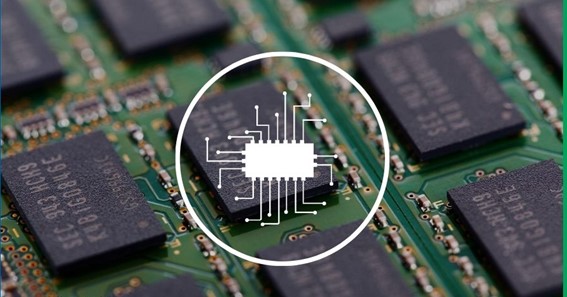Overcharging and over-discharging a lithium iron phosphate LiFePO4 battery greatly shortens its life and can damage the battery. The BMS protection system is designed to protect battery life. A special board installed inside the battery during assembly controls the charge / discharge of the battery cells. If the voltage on one of the cells exceeds the allowable level of charge or discharge, the power transistors in the board are triggered, disconnecting the battery from the consumer or charger, and the BMS board also eliminates the voltage imbalance in the battery cells, balancing the cells in the process of charging the battery.
The main parameter that you need to pay attention to is the current strength that the protection board can withstand. The boards are designed for a different number of cells and voltage. There are both analog and symmetrical BMS boards. Symmetrical boards are the most convenient to use, as they have a single output to the charger and consumer (charge and discharge go through one channel), and symmetrical BMS boards are safer to use, since they have an equal charge / discharge current, i.e. any charger will do , which does not exceed the current strength of the board. In analog BMS boards, there are two different channels for discharging and charging, the charge current is usually 5A, although they are found with equal current.
When Additional Balancers Need To Be Installed
Balancers is special device for equalizing the voltage inside the battery. They are installed when a different charge is fixed on the battery cells installed in series due to the different capacity of the cells. A difference of even a few fractions of an ampere-hour can lead to an imbalance. In this case, the cells can be charged at different times and, when discharged, will take on a larger current, which will lead to the rapid end of their resource. This is what balancers are designed to prevent. Additional balancing of the battery with the BMS board will be required if the battery has a capacity of more than 40 Ah. Paired with BMS, it is recommended to install passive balancers.
When Is A BMS-board Not Needed?
If your system has a controller that can set the charge / discharge voltage within the required limits, you can do without the use of a BMS board, but you need to install powerful balancers to prevent voltage imbalance during battery operation.
Functionality of the BMS Board
There are many functions of BMS board usage. They are explained below:
The BMS board first function is Voltage protection. The controller in the board helps to measure value on each bank. It automatically disconnect the load when it is connecting to a low voltage. It also automatically turns off charging of battery after a maximum value is reached.
The second function is Current protection. The board’s controller automatically disconnect the load (open circuit) in case of short circuit or excessive energy consumption.
It also protects from Temperature rise. Whenever there is excessive usage of current which leads to battery overheat, the thermistor automatically disconnect the load and prevent battery from overheating.
The last feature is balancing which is responsible to compensate the differences between capacity of batteries. It helps preventing batteries to overcharged or undercharged.






